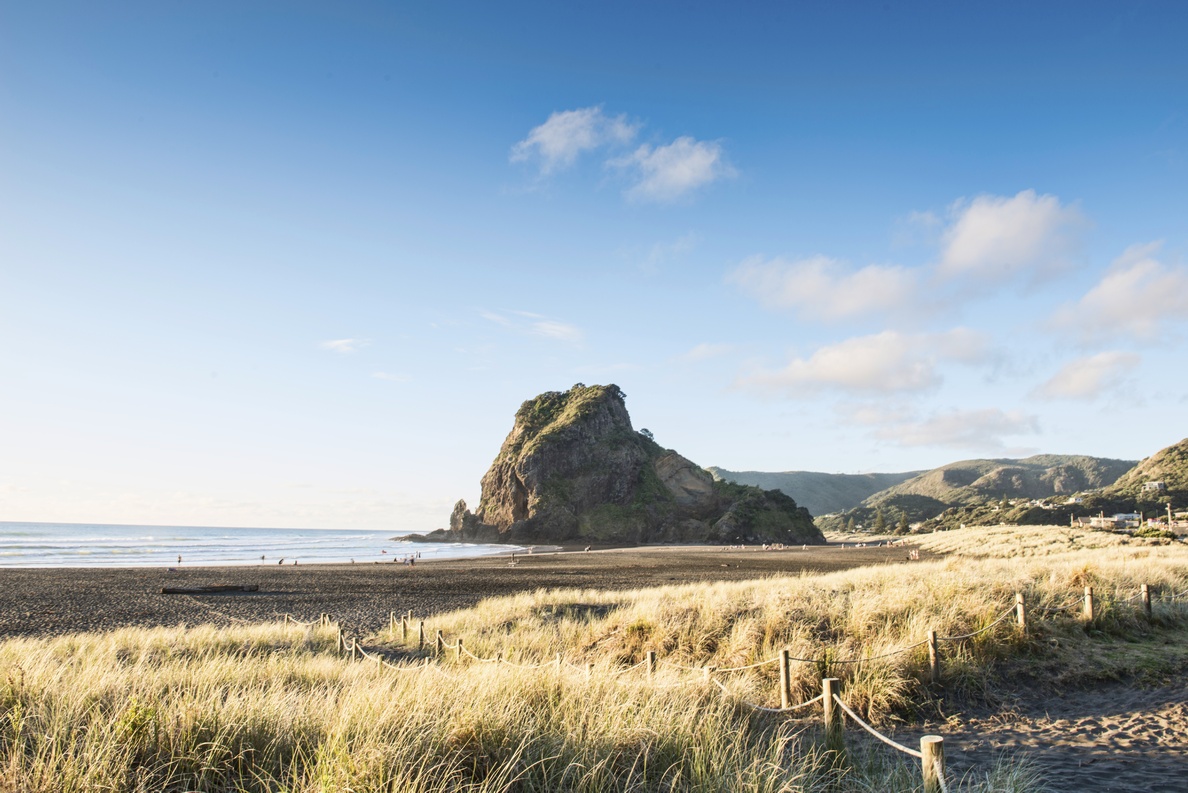Edited by Jane Connor
*****
This guide describes the 36 terrestrial and wetland ecosystems, and their regional variants, that have been identified by Auckland Council as occurring in the Auckland region.
The work is based on the national ecosystem classification system developed by the Department of Conservation (Singers and Rogers 2014). This same classification system was used as the basis for the Department of Conservation’s Natural Heritage Management System. It was adopted by Auckland Council so that its programme would complement the work of the Department of Conservation. Waikato, Bay of Plenty, Gisborne, Taranaki and Wellington regional authorities have also classified their region’s terrestrial and wetland ecosystems using Singers and Rogers (2014)*.
In simple terms, an ecosystem is a biological community of interacting organisms and their physical environment. As defined by Keith et al. (2013), ecosystems are units of assessment that represent complexes of organisms and their associated physical environment within an area.
They have four essential elements:
1. a biotic complex or assemblage of species
2. an associated abiotic environment or complex
3. the interactions within and between those complexes
4. a physical space in which these operate.
Ecosystems are defined by a degree of uniqueness in composition and processes (involving the biota and the environment) and a spatial boundary. In this regard they are synonymous with ‘ecological communities’, ‘habitats’, ‘biotopes’ and ‘vegetation types’. Ecosystems may vary in size from small ephemeral wetlands to large tracts of forest. Understanding the regional diversity, distribution and status of ecosystems in the Auckland region has important implications for the protection and enhancement of biological diversity, informing ecological restoration and for state of the environment reporting. Information about which ecosystems occur in the Auckland region, where they are found and their condition, can be used to determine priorities for biodiversity and biosecurity management. It can also inform land-use decisions.
The aim is to improve consistency in mapping and describing Auckland’s natural areas. The results will lead to clearer articulation of management aims for council, improved efficiency in consent processing, and more targeted restoration advice for community groups and landowners. The guide pulls together descriptions of each ecosystem, their past and current threats, and is complemented by an amalgamated ecosystems map layer, which brings together all previous ecosystem survey data now reclassified using this system. The classification is nationally compatible, as it is based on A classification of New Zealand’s terrestrial ecosystems by Singers and Rogers (2014)*.
* Singers, N.J.D.; Rogers, G.M. 2014. A classification of New Zealand’s terrestrial ecosystems. Science for Conservation 325. Department of Conservation
Authors: Singers, N.; Osborne, B.; Lovegrove, T.; Jamieson, A.; Boow, J.; Sawyer, J.; Hill, K.; Andrews, J.; Hill, S.; Webb, C.
*****
See also, Indigenous terrestrial and wetland ecosystems of Auckland. Quick guide
ecosystems guide
